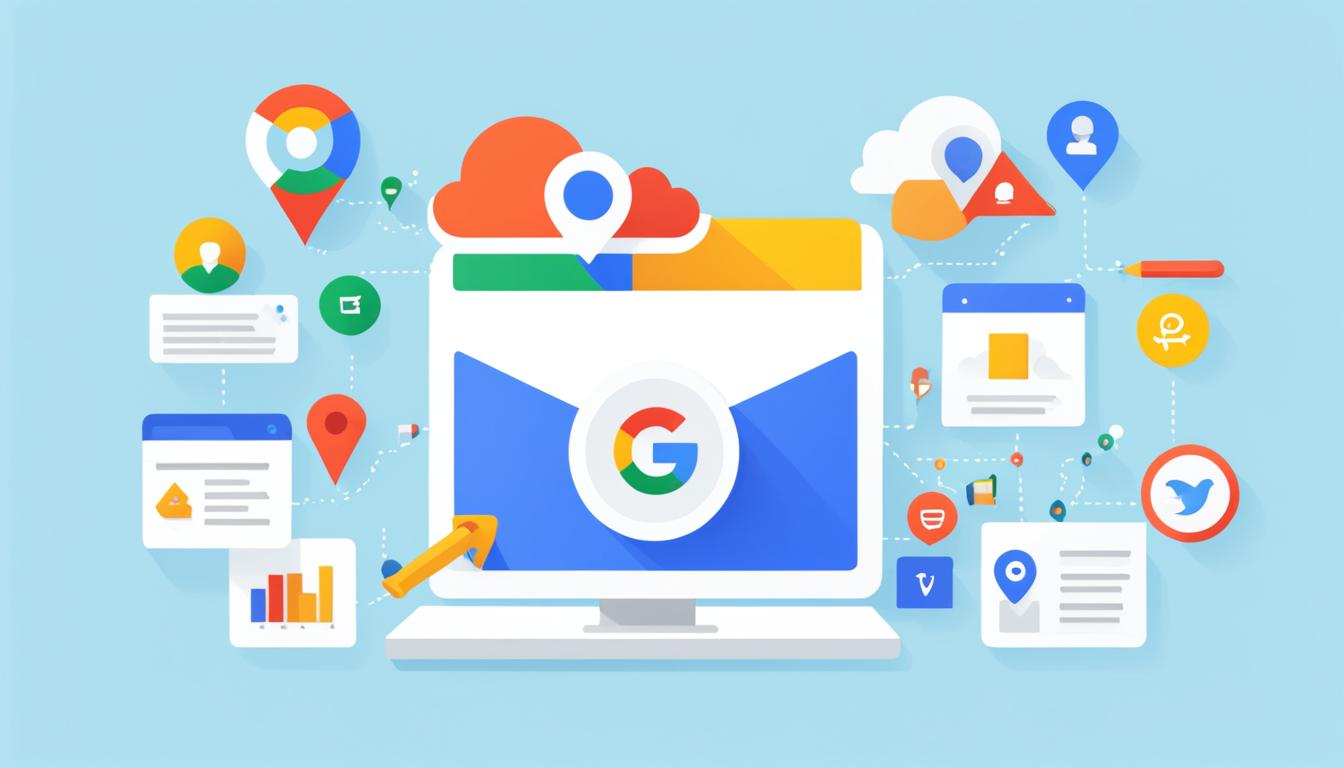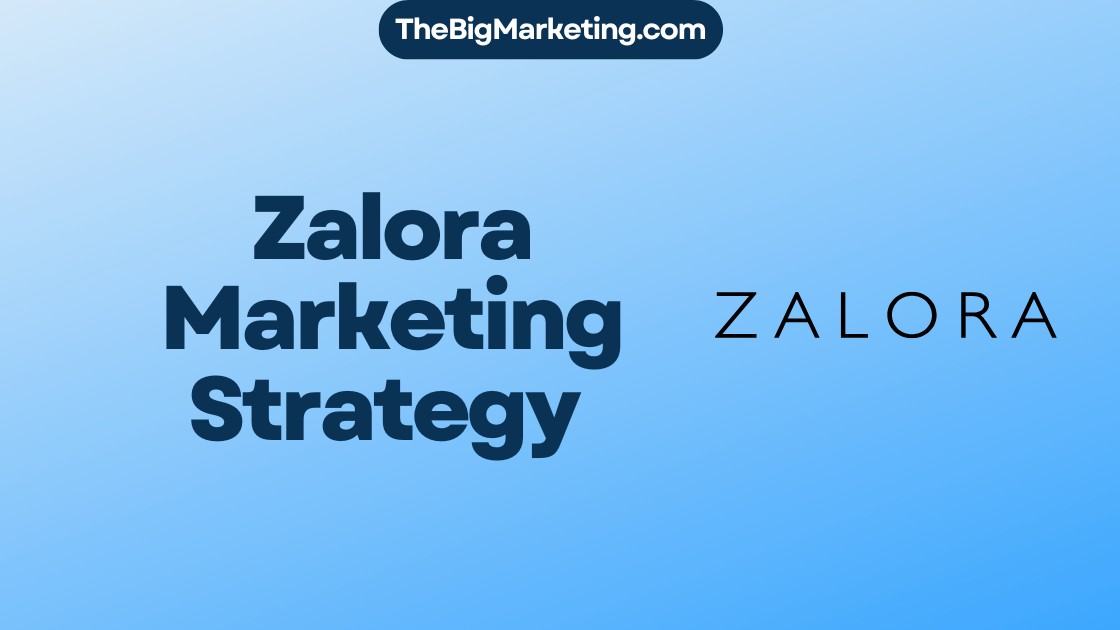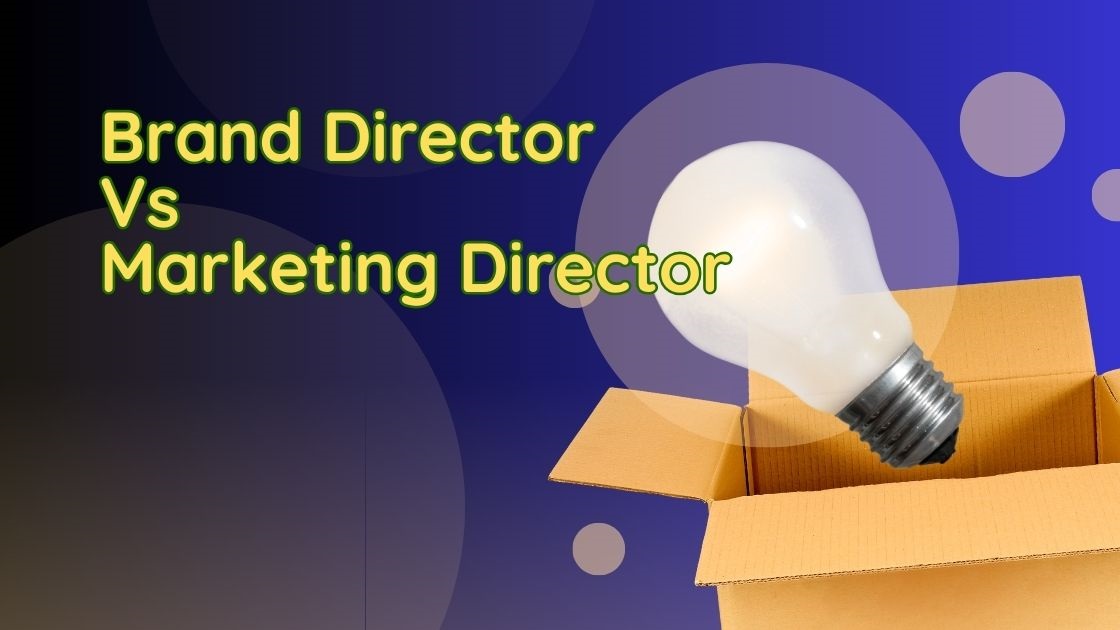In the marketing world, getting leads is key to grow your business and get new customers. But what are leads? And how do they fit into the marketing puzzle? Let’s dive into leads in marketing. We’ll learn how to get them and turn them into loyal customers.
Key Takeaways:
- Leads are people interested in what a brand offers, who might buy their products or services.
- The marketing funnel has three main lead types: Information Qualified Leads (IQL), Marketing Qualified Leads (MQL), and Sales Qualified Leads (SQL).
- To get leads, use different promotional tools, aim for specific people, create helpful content, and use forms to capture leads.
- Turning marketing leads into customers means knowing their habits, nurturing them with tailored marketing, and guiding them as they decide to buy.
- Getting leads is vital in marketing. It lays the groundwork for the business’s growth and long-term success.
Types of Leads
Knowing about leads is key for good lead generation and conversion. The marketing funnel has three main leads: Information Qualified Leads (IQL), Marketing Qualified Leads (MQL), and Sales Qualified Leads (SQL).
Information Qualified Leads (IQL)
IQLs are just starting their buyer’s journey. They show an initial interest in a product or service. They usually want information, research their issues, and look for solutions.
These leads like educational content, blog posts, and free resources. They use these to gather information.
Marketing Qualified Leads (MQL)
MQLs are halfway through the sales funnel. They have a higher interest and have engaged more with your marketing. These leads move from just seeking information to considering a purchase.
They might have used lead magnets, signed up for newsletters, or joined webinars. This shows they’re ready for more direct marketing efforts.
Sales Qualified Leads (SQL)
SQLs are at the end of the marketing funnel, ready to become customers. They show a strong desire to buy and are looking closely at your product or service. SQLs often try product demos, consultations, or ask for pricing, showing they’re ready to talk sales.
Different strategies are needed to nurture each type of lead into becoming a customer. By knowing where leads are in the funnel and tailoring marketing efforts to them, you can better convert leads into loyal customers.
| Lead Type | Placement in the Funnel | Main Characteristics |
|---|---|---|
| Information Qualified Lead (IQL) | Beginning of the buyer’s journey | Seeking information, researching pain points, looking for solutions |
| Marketing Qualified Lead (MQL) | Middle of the sales funnel | Higher interest and engagement, considering a purchase |
| Sales Qualified Lead (SQL) | Bottom of the funnel | Strong intent to purchase, actively evaluating a product or service |
How to Generate Leads
To get leads, you need to use various tools and methods that fit well with your audience. Here’s how to do it effectively:
Create Valuable Content
Creating content that is both helpful and engaging is key. This could be blog posts, whitepapers, or ebooks. They make you stand out as an expert and grab potential leads’ attention.
Make sure to use SEO strategies to sprinkle relevant keywords throughout your content. This makes it easier for potential customers to find you when they search online.
Use Subscription Forms
Add subscription forms to your site to gather info about leads. Put these forms on landing pages, in blog posts, or in pop-ups. This encourages people to share their details for special offers or useful resources.
Your forms should be easy to use, look good, and clearly explain what subscribers will gain.
Create Lead Magnets
Lead magnets are rewards that get visitors to give you their details in return for something valuable. This could be a free trial, downloadable guides, or templates. With these, you can get contact info from potential leads and help turn them into buyers.
Optimize Your Blog
Your blog is great for finding leads. Write posts that solve your audience’s problems or address their needs. Use keywords to help people find your posts through search engines.
Don’t forget to add clear CTAs in your posts. These should guide readers on what to do next, whether it’s signing up for emails, getting a lead magnet, or contacting your sales team.
Choose Promotional Tools Wisely
Pick promotional tools that fit your budget and meet your audience’s needs. You could use email marketing, social media ads, collaborations with influencers, webinars, or SEO.
Applying these methods can help you bring in quality leads for your business. Then, you can turn them into loyal customers.
How to Convert Marketing Leads into Customers
To turn marketing leads into customers, a smart plan is key. It uses data on behavior, nurtures leads, and employs strong email strategies. By tapping into what your audience likes, through analyzing their behavior, you can tailor your efforts to their specific needs.
Getting closer to potential customers is crucial. You do this by providing them with smart content and valuable info. By offering solutions to their problems, you build trust. This increases your chances of making them customers.
Emails are very important in making leads become buyers. Send personalized emails that match where each lead is in the buying process. Your emails should grab attention with good subjects, captivating content, and strong calls-to-action (CTA). These elements push leads towards taking action.
Also, setting up automated email sequences that send the right message at the right time is beneficial. It guides leads in making a decision and keeps them interested in what you offer.
The Power of Behavioral Data
Behavioral data tells you how leads interact with your brand. By keeping an eye on their activities and likes, you understand what drives them. Look into their website visits, what they read, emails they open, and social media behavior for a full picture.
With this info, you can place your leads into different groups based on what they’re into. Then, create specific email campaigns that speak directly to each group. By sharing the right content at the right time, you can really boost your conversion rates.
Nurturing Leads through Personalized Communication
Keeping in touch with leads and giving them helpful information is key. Build a strong email marketing strategy that covers educational content, updates on products, insights, and special deals. Regular personalized emails will keep leads interested in your brand.
Marketing automation tools can make nurturing leads easier. These tools let you set up automated emails that send personal messages based on certain actions. Automating can save time and ensure you consistently communicate with your leads.
To nurture leads well, become a trusted advisor by offering true value. This makes your brand the top choice for their needs.
Email Campaigns and Personalized Offers
Emails are great for moving leads towards purchase. Write engaging subject lines to make them want to read your emails. Include content that showcases your products’ perks and have strong CTAs for action.
Personalizing offers to match the lead’s buying stage can boost conversions. Adjust your offers to fit what each lead group wants. Be it a special discount, a free trial, or exclusive content, your offers should be clear and motivating.
Effective email strategies and personalized offers can greatly up your chance of turning leads into buyers. By giving them tailored experiences and solving their problems, you motivate them to buy from you.
To convert leads to customers, using behavioral data, nurturing through communication, and strong email campaigns is vital. By knowing your leads, sharing valuable content, and guiding them on a personal journey, you can increase conversions and grow your customer base.
The Importance of Lead Generation in Marketing
Lead generation is key in marketing, building the base for sales and long-term success. It draws, informs, and convinces potential leads to become loyal buyers. Having effective strategies for lead generation is vital for businesses aiming for their goals and steady income.
**Lead generation** marks the beginning of the marketing journey. Here, businesses spark interest and collect contact info of possible leads. This step helps build a list of prospects to nurture towards becoming customers. It’s the groundwork for sales and potential client growth.
The **sales cycle** moves from lead generation to closing a deal. This initial stage is where firms find and engage with likely customers. Attracting quality leads is crucial. By aiming at the right audience, businesses can boost their conversion rates and foster long-term relationships.
**Long-term growth** is essential for any firm. Lead generation is key for ongoing growth by getting and converting new leads continually. A constant supply of leads helps firms grow their client base and beat rivals. Strategic efforts in lead generation fuel steady revenue, ensuring growth and profits.
The **marketing process** needs lead generation to succeed. It opens doors to connect with prospects and share info about offerings. This builds trust and credibility, moving leads closer to purchase. Starting with lead generation, firms can better turn leads into faithful customers.
To show lead generation’s role in marketing, consider these facts:
| Statistic | Impact |
|---|---|
| 65% of businesses say generating traffic and leads is their top marketing challenge. | Shows how vital lead generation is for meeting major marketing goals. |
| Companies with strong lead generation strategies meet their sales goals 9.3% more often. | Links good lead generation to better sales results. |
| Businesses that nurture leads achieve 50% more sales at a 33% lower cost. | Highlights lead generation’s importance in winning customers more efficiently. |
Understanding lead generation’s role in marketing helps firms focus on drawing and engaging the right leads. With a solid strategy, businesses can grow their customer base, increase sales, and stand strong in their markets. Success often relies on getting quality leads and turning them into loyal customers.
The Evolution of Lead Generation
Lead generation has changed a lot, keeping up with marketing changes. It moved from door-to-door advertising and print to using mass media. Now, with the internet and social media, there are even more ways to get leads.
Social media platforms have hugely impacted lead generation. They have changed how businesses reach potential customers. Now, they can easily turn leads into loyal customers.
The Power of Social Media
Social media is full of chances for generating leads. Businesses can use short videos, content marketing, and influencers. This helps grab their audience’s attention.
On Facebook, for example, businesses can make tempting offers and CTAs. These guide users to their site to learn more and share their details. A good social media campaign can bring in thousands of leads and provide useful data.
Expanding Reach with Social Media
Social media lets businesses reach more people than traditional methods. They can make targeted campaigns and connect with a broad audience. This increases brand awareness, brings in new chances, and boosts sales.
Businesses must use social media in their lead generation strategies. By doing this well, they can reach many prospects and meet their marketing goals.
Benefits of Lead Generation on Social Media
**
Generating leads on social media is great for businesses wanting to grow online. It helps more people know about your brand, find new opportunities, and make more sales. Let’s look at how social media can be a big advantage.
Increased Brand Awareness
Many people use social media like Facebook, Instagram, and LinkedIn. This is a chance for businesses to get seen by more people. By sharing good content and talking to users, businesses can get noticed more. This way, they can make their brand stronger.
New Business Opportunities
Lead generation on social media opens up new opportunities. Businesses can find potential customers who really might buy something. Using smart targeting, companies can reach the right people. This makes it easier to turn leads into customers and grow.
Improved Conversion Rates and Revenue
Social media helps businesses sell more and make more money. There are tools to make appealing offers and guide users to their site. Good offers and discounts can make people want to buy. This means more sales and more money for the business.
Enhanced Customer Engagement
Businesses can talk to potential customers on social media. They can join conversations and share things people find valuable. This helps build a community around their brand. It leads to customers trusting and staying loyal to the brand.
Social media leads are great for businesses. They help get your brand out there, find new chances, sell more, and keep customers happy. With social media, companies can reach their goals and grow.
Example of Lead Generation on Social Media
Social media platforms like Facebook are great for generating leads. They let brands reach and engage potential customers through their vast user base and targeted ads. For instance, here’s how lead generation works on Facebook:
Create an Attractive Offer
Making an offer that grabs attention and sparks interest is key. It might be a free resource, discount code, or special content that matches the audience’s preferences. The offer must make users want to take action.
Include Strong CTAs
Powerful calls-to-action (CTAs) are vital for getting leads. Placing CTAs in Facebook posts and ads helps guide users to act, like visiting a page or filling out a form. They should be direct, spotlight the benefits, and encourage users to click.
For example:
- “Click here to download your free e-book”
- “Sign up now and get 20% off your first purchase”
These CTAs make users want to act fast.
Drive Users to Your Website
After sparking interest with your offer and CTAs, direct users to your website or a specific landing page. There, they can exchange their contact details for the offer or explore more services. This step boosts conversion chances by keeping their interest alive.
Here’s a guide to generating leads on Facebook:
- Create a Facebook post or ad that features your offer.
- Add a strong CTA to lead users to your website or a landing page.
- Have a form on the landing page for users to fill out for the offer.
- Make sure the landing page is engaging and explains the offer well.
- Contact the leads with email marketing or personal messages to keep their interest.
Using these strategies on Facebook can help brands collect many leads and gather useful marketing data.
| Advantages of Lead Generation on Facebook | Examples |
|---|---|
| Access to a large user base | Over 2.8 billion monthly active users on Facebook |
| Targeted advertising capabilities | Precisely define your target audience based on demographics, interests, and behaviors |
| Interactive and engaging content formats | Short videos, compelling visuals, and interactive features to capture users’ attention |
| Opportunity for viral reach | Well-crafted content can be shared and spread rapidly across the platform |
| Cost-effective marketing solution | Facebook offers various budgeting options and allows you to track your return on investment |
How to Convert Followers into Leads
Turning followers into leads means engaging your audience with great content. To do this, focus on what they need and like. Giving them valuable content will help make them potential customers.
Create Good Content
Creating top-notch content is crucial. You need to know what your audience wants and their problems. Offer solutions through your content. This builds trust and makes it likely they’ll become leads.
Maintain Consistency
Keep your posts regular to hold your audience’s attention. If you post valuable content often, you become a go-to source. This encourages followers to engage more, moving them towards becoming leads.
Include Strong CTAs
Your posts must have clear calls-to-action. Ask them to sign up for newsletters or download items. Good CTAs make it easy for followers to engage deeper with your brand.
Engage Regularly
Building trust requires engagement. Answer comments and messages quickly. This shows you listen and care. Staying active keeps you on their minds, making them more likely to see your value.
Provide Exciting Offers and Discounts
Use deals and promotions to urge followers to act. Make sure these offers appeal to their interests and needs. This motivates them to share their contact info.
Apply these methods to turn followers into valuable leads. Remember to focus on their needs with consistent, valuable content. Use strong CTAs, stay engaged, and provide offers. These steps will improve your lead conversion and help your business grow.
When to Contact a Lead
Getting in touch with a lead quickly is key. Studies have shown the “five-minute rule” is very effective. This rule means that contacting a lead within five minutes of their interest can greatly boost your chances of turning them into customers. This is especially true compared to waiting over an hour.
Quickly reaching out is critical for two main reasons. First, it lets you connect with leads when they are most interested. The faster you get in touch, the more likely you are to have a valuable conversation that could lead to a sale.
Second, fast responses show you’re professional and care about your potential customers’ needs. It proves you value their time and are ready to quickly address their questions. This great first impression can help build trust right away.
By contacting leads within five minutes, you can increase your chances of making a sale. Quickly connecting with leads sets a solid foundation, making it easier to close deals.
Optimizing Lead Contact Strategy
To better your strategy for contacting leads, it’s vital to have quick response systems in place. Here are some tips:
- Implement a lead management system that automatically notifies your team when a lead shows interest.
- Assign dedicated staff members to handle lead communication promptly and effectively.
- Utilize automation tools, such as chatbots or autoresponders, to acknowledge lead inquiries instantly and provide initial information.
- Ensure that your team has access to essential lead information and communication history to provide personalized and relevant responses.
- Monitor response times regularly and optimize your workflow to minimize delays.
By continuously improving your strategy and focusing on quick, personalized replies, you boost your chances of engaging leads successfully and making them loyal customers.
| Prompt Communication Benefits | Five-Minute Rule Impact |
|---|---|
| Establishes a positive brand impression | Increases lead qualification |
| Builds trust and credibility | Improves conversion rates |
| Enhances customer satisfaction | Creates opportunities for immediate engagement |
Conclusion
Lead generation plays a key role in making a business grow and succeed. Knowing the different types of leads and how to get and convert them is crucial. This helps businesses turn potential buyers into loyal customers.
Social media is great for finding new leads. Sites like Facebook, Instagram, and LinkedIn have billions of users. Businesses can use these platforms to find quality leads and get more people to know their brand.
To use social media well, businesses need to post content that speaks to their audience. Strong CTAs and special offers also help draw in leads. Posting regularly and interacting with followers helps build a community around the brand.
Combining social media with other marketing tools can strengthen a business’s sales approach. This way, companies can guide leads through the buying process better. And this leads to long-term growth and success for the business.







